





SMSL SH-9 REVIEW
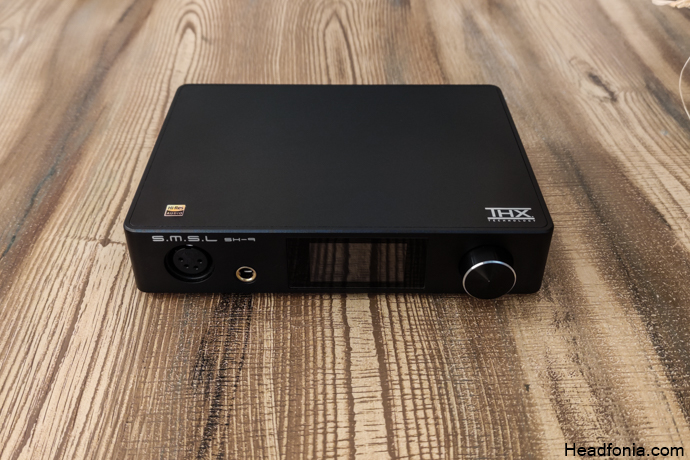
n this review we’re taking a look at the new SMSL SH-9 Amplifier from Chinese manufacturer SMSL, featuring the Achromatic Audio Amplifier technology from THX. SMSL priced this unit at $289 USD.
Disclaimer: ShenzhenAudio sent us the SMSL SH-9 for this review, free of charge. I only covered the customs fees & taxes. All thoughts and experiences with the product are naturally my own. You can find more about it HERE.
S.M.S.L
Honestly, if you don’t know SMSL, you have to get acquainted as soon as possible because you’re missing A LOT. They’re a Chinese company that focuses on a wide range of devices, the most notable ones being DACs & AMPs. They are famous for their value for money-oriented products and that’s the main reason I found them online about 5 years ago.
Their products are always well-built and they are quite picky when it comes to components. I have never used anything from them that was not CNC machine milled. That is some commitment right there! SMSL (ShuangMuSanlin Electronics Co. LTD) was founded in 2009 in China’s famous techno-city, Shenzhen. Today we’ll be reviewing one of their latest AMPs, the SMSL SH-9. It utilizes the THX’s Achromatic Audio Amplifier (AAA-888) technology.
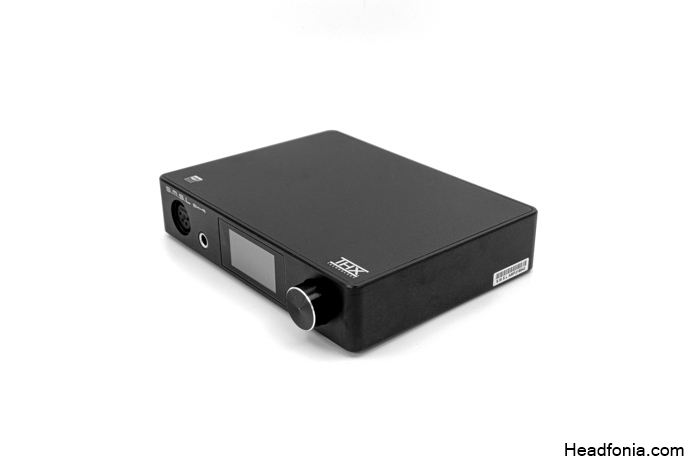
SMSL SU-9 Desktop DAC with MQA & Bluetooth
We recently reviewed the SMSL SU-9 DAC. Be sure to check out that review as they make a quite a good stack together.
Technical Specifications & Featureset:
Inputs:Balanced x1, Unbalanced x1
Outputs:Balanced x1, Unbalanced x1
Output Power: 6W x 2(16Ω), 3W x 2(32Ω)
SNR: 137dB, A-Weighted
Output Noise: 1.9uV, A-Weighted
THD+N: -123dB, 0.00006% (A-Weighted)
THD+N: -117dB, 0.00013% (20-20kHz, 32Ω,-3dB)
THD: -125dB, 0.00006%(1kHz, 16Ω, -3dB)
Input Impedance: 47kΩ
Output Impedance: Nearly 0Ω
Frequency Response: 0.1Hz-500kHz(-3dB)
Gain: Low(+0dB), High(+10dB)
THX AAA-888 Headphone Amplifier Technology
Balanced Stereo Headphone Output & Stereo Line Input
High Precision Resistors for Temperature Stability
High precision and low-noise 256 level relay volume control
Fully Protected with DC, Over-Voltage, Over-Current, Short-Circuit & Thermal Failsafes.
Efficient, Ultra-Low-Noise Power Supply
1.9 inch LCD display.
Remote Control Support
Size:187.5x154x40(mm)
Weight:790g
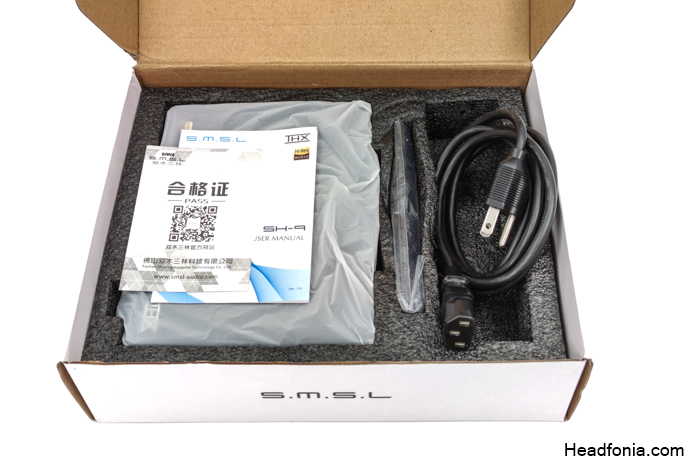
Packaging
The SH-9 comes in a white, rectangular, cardboard box. SMSL aimed for a cleaner look here as the specifications are not listed on any side of the box. The accessories included are bare essentials. You get a very short power cable, a remote, a manual with the amp and that’s it. I don’t really know why they chose to include such a short power cable even though they included a longer one with the SU-9 DAC. If you don’t have an outlet near your desk, you’re most probably going to have a problem here so it would be a great idea to get a good, thick IECC power cable to counter this issue beforehand.
Design & Build Quality
Top-notch. Like everything from SMSL, the SH-9’s design has their famous cues such as the CNC milled aluminum chassis, a perfect, anodized matte black paint job, and an all-together durable construction. There are no CNC imperfections and the milling is perfect. It is surely built to last. It shares the design with the SMSL SU-9 that we reviewed recently and they make a gorgeous couple together.
As for the form and factor, it is not a huge device and it won’t take much space on your desk. It is rather compact, especially when stacked with the SMSL SU-9. Let’s talk about the layout. On the front, we have a 1.9-inch color TFT display, a volume knob, balanced XLR & 6.3mm headphone outputs. The screen shows info about the volume level, gain & active input. The volume knob also acts as a navigation button and can be pressed on. Note that it is not very easy to navigate through all of the options with the knob. The detailed menu can be accessed via the included remote and we’re going to be talking about that in a short while.
Overall build quality is very, very impressive, the knob feels durable and tactile. The inputs are located on the back of the device. SMSL left us the choice between RCA and balanced XLR inputs and we’re going to be testing both of them to figure out which one is better. Additionally, socket quality is great and feels quite rigid just like the chassis.
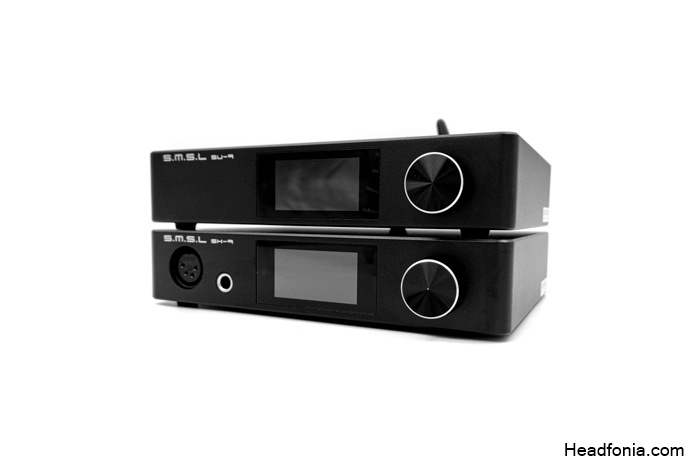
Technology & THX
The SMSL SH-9 utilizes THX’s AAA-888 technology. So what is THX and why is it beneficial to a headphone amp you may ask. Let’s answer those and clear the fog. First off, THX is an American company founded in 1983 by George Lucas and headquartered in San Francisco, California. The same George Lucas who created Star Wars. THX was developed by Tomlinson Holman at George Lucas’s company, Lucasfilm, in 1983 to ensure that the soundtrack for the third Star Wars film, Return of the Jedi, would be accurately reproduced in the best venues. The THX system is not a recording technology and it does not specify a sound recording format: all sound formats, whether digital (Dolby Digital, DTS, SDDS) or analog (Dolby Stereo, Ultra Stereo), can be “shown in THX”. THX is essentially a quality assurance system. THX-certified theaters provide a high-quality, predictable playback environment to ensure that any film soundtrack mixed in THX will sound as near as possible to the intentions of the mixing engineer.
The THX patented technology uses a unique combination of feedback and feedforward error correction to reduce the distortion, even with minimal bias current.
It dramatically reduces power supply-induced distortion and noise — a high PSRR (power supply rejection ratio). This means it can achieve impressively low noise and distortion floors.
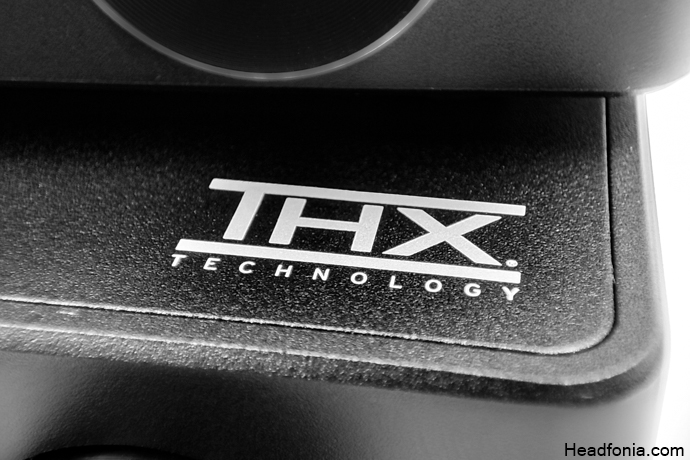
In any amplifier, when the power supply works hard under heavy load conditions, it can sag and ripple, introducing unwanted distortion and noise in the amplifier output signal. The THX patented solution is particularly effective in blocking power supply ripple from reaching the output. Based on my research, I think that SMSL combined this technology with their own patented 24W low-noise internal power supply to achieve such brilliant measurements. Both the THD & SNR readings are really good and my sound impressions are aligned with the performance numbers on the paper. I must also say that SH-9 has a very precise volume control. The 256-step attenuator SMSL chose to use in this unit provides perfect channel matching so you won’t be experiencing any balance issues, even at very low volumes. I often use IEMs with my desktop rigs and that’s a huge relief for me. I know it is for you, too.
The XLR implemented on the unit is balanced, however, this does not mean that the AMP has a fully-balanced circuitry. SMSL implemented XLRs to reduce ground noise and it is very wise to use them especially if you’re going to be using the amp, hooked up to your desktop computer. If you build rigs like me, you most probably ran into noise issues in the past. Who doesn’t when there is an RTX 3080 in there, pulling nearly 350 watts under load. One other thing to note here though, the volume, whether adjusting from the remote or physically, does make some clicking noise. If you like your amplifier to be perfectly silent for some reason, you should probably be aware of that. For me, however, it is completely okay.
Options & Menu
There are 5 sub-sections in the menu. Input, gain, volume mode, brightness, and version info. You can select whether you want to activate XLR balanced or RCA unbalanced inputs, change the brightness of the gorgeous screen, change the gain setting between 0dB LOW and +10 dB HIGH. You can also change volume mode, SMSL states that enabling this option reduces the relay operation time and increases the service life of the relay. Lastly, you have a screen that shows the device HW & SW version. Firmware, basically. It is quite easy to use the amp with the included remote control. I actually really like it when companies like topping, SMSL include a remote control for their devices. It saves you a lot of time when you just need to quickly adjust something like switching between inputs. Kudos!

Power
The SMSL SH-9 is a beast when it comes to power. It can dish out 6W into 16Ω load and naturally 3W into a 32Ω load. It has the power to drive almost everything that you can find on the market. For the price, this is especially impressive and should not be overlooked. If you also use your desktop rig with your IEMs, you should know that the output impedance is rated at almost 0Ω so you will have no problems using this bad boy with your IEMs. One downside of this amp is that it does not have a pre-amp so beware if you have the need for it. We will talk more about this in the sound section but because it is a fairly flat signatured amp, it is not picky when it comes to headphones. It performs just as excellent whether you pair it with a planar or a Sennheiser dynamic.
The review continues on the next page. Click here